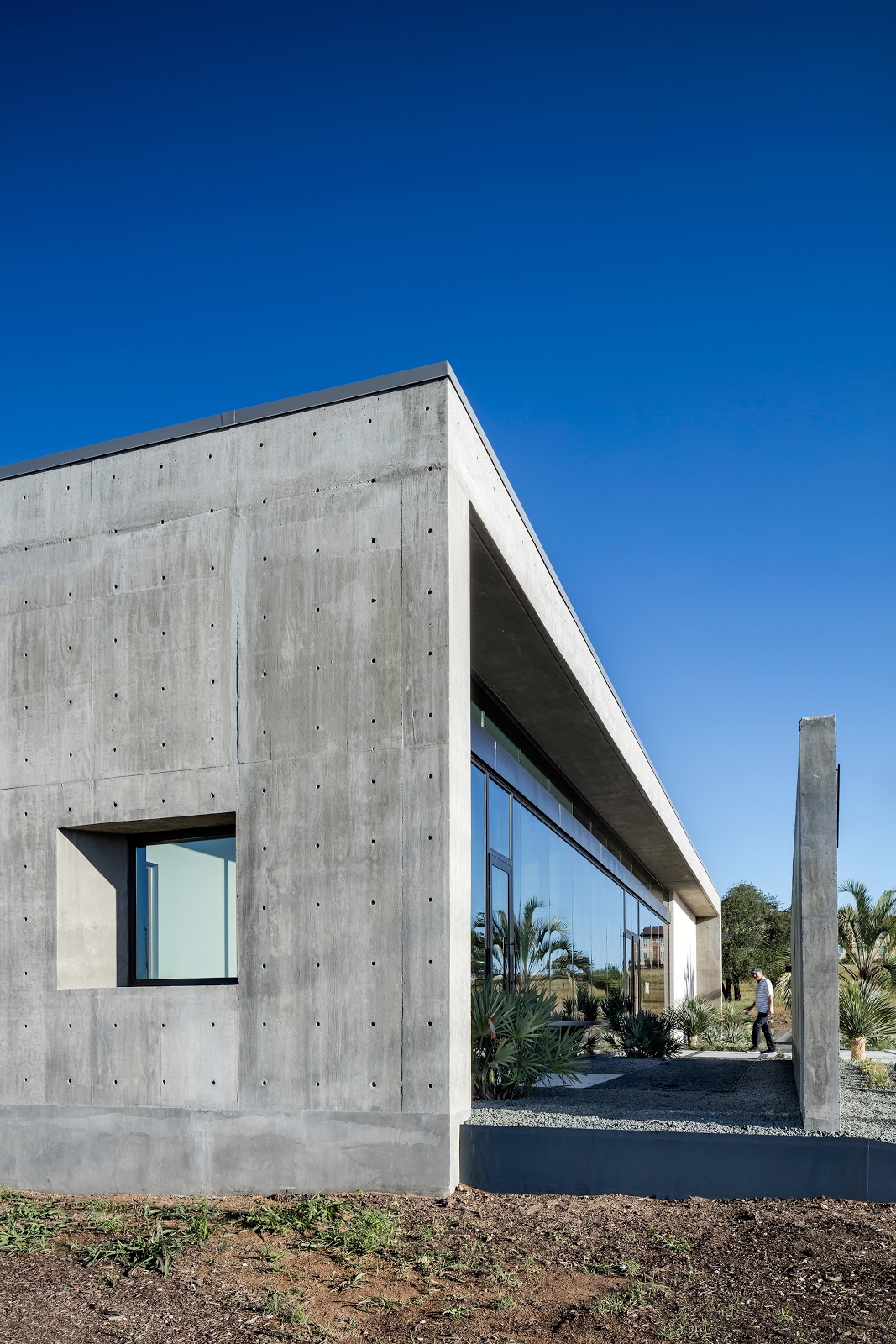With Creativity Details

Selecting a material for your home’s walls is a fundamental part of building your home. Though this may be an important step, interior design is still more often talked about compared to other design aspects. As a result, choosing the right material and thinking of a home’s foundation is often overlooked.
In spite of that, there are different types of wall materials that range in price and appearance. Choosing the right material requires a long thought process, like whether it suits your location or budget. From stronghold bricks to partition walls, here are the best material to choose for your home.

Bricks are the most commonly used material for building. When it comes to using bricks as a building material that makes up the wall, bricks have many benefits that may not be found in other materials. Firstly, bricks can be very beneficial for homes as they are resistant to fire and extreme weather and are secure. They are also an eco-friendly material as it is very low maintenance and absorbs humidity.
Exposed bricks, usually found in industrial and tropical design, are often intended to highlight the raw finishes and colors of the brick in a design. They generally have a smoother and stronger form compared to traditional textured and rough-edged bricks. When adding these terracotta-colored bricks as both an exterior and interior wall, it is important to consider certain systems like the double-skin facade or a perforated design to control the heat that may be dispersed and allow for airflow to come in so that the room is kept cool.

Made up of materials such as cement, sand, and stone, concrete is a robust building material that can withstand extreme weather conditions and strengthen over time. If you are keen on concrete homes, it is important to consider the compressive strength of the concrete as it determines how well the concrete will appear when it has been constructed. Consider only using concrete for the facade compared to using it for the entire exterior as it only requires a medium to low compressive strength.
Nevertheless, creating an exposed and raw concrete exterior requires proper coating and maintenance to prevent mold and mildew growth. As most sustainable building materials are, concrete is considered a premium building material. Building concrete homes requires the right expertise and a high-cost labor fee as changing or revising layouts is extremely hard and costly. Incorporating concrete as the foundation of the home needs careful consideration especially when it comes to the quality grade as the structure becomes practically permanent.

Partition walls are walls used to create a division in an interior of a building or a house. They are commonly used for public spaces such as offices, retail spaces, and certain hotels. Partition walls can also be considered to create privacy between rooms such as creating an office within an existing room or other separate spaces.
As the load of the ceiling is already carried by the plate, partition walls can easily be installed, uninstalled, and even moved around without having to worry about the existing structure. Partition walls are made of various materials such as wood and metal, which are fairly flexible materials. It can also easily be utilized to create an opening for doors or windows as well as incorporating pipework and wiring.

Hebel is commonly known as an alternative to red bricks but with a higher price point. There are also two types of Hebel - Autoclaved Aerated Concrete (AAC) and Cellular Lightweight Concrete (CLC). The difference between the two is that they each have a different color and are made up of different materials. AAC is mostly made up of quartz sand, cement, and chalk which explains its white color. CLC, on the other hand, is grey colored as it is made of organic foam and mine sand.
Hebel has several benefits that make this material a better option compared to regular bricks. Hebel is generally lighter in weight compared to regular bricks, which ensures that the structure is not too heavy as well. Another great thing that makes it a great option for the home is that it’s extremely durable. Hebel is also fire and water-resistant, so in the events of fire or heavy rain, it is very unlikely to affect the home. Choosing Hebel as a building material will also ease the process of finishing or plastering the wall, as it has a smoother and larger surface compared to conventional bricks.
